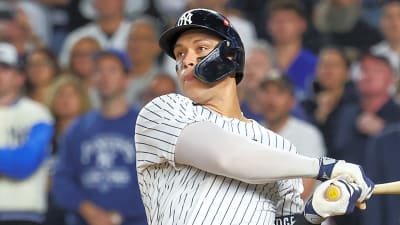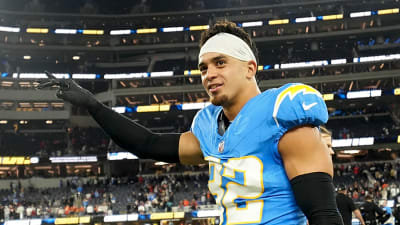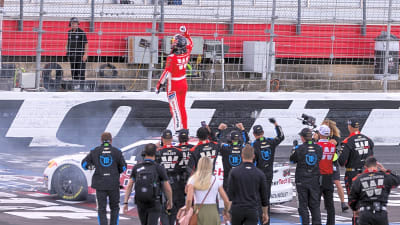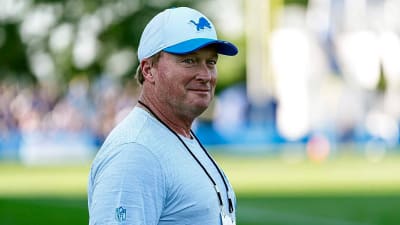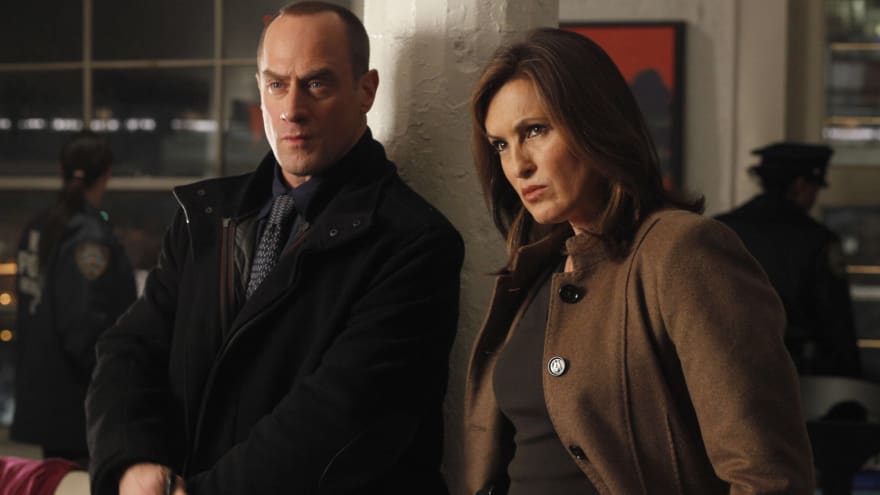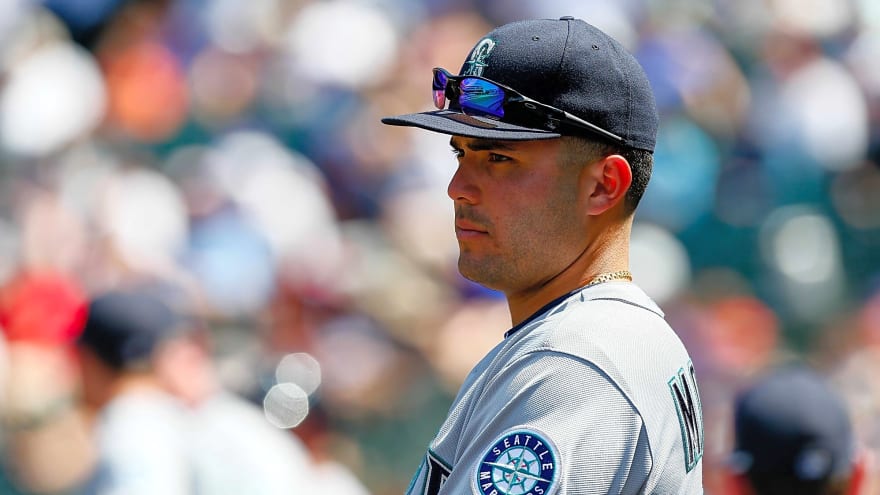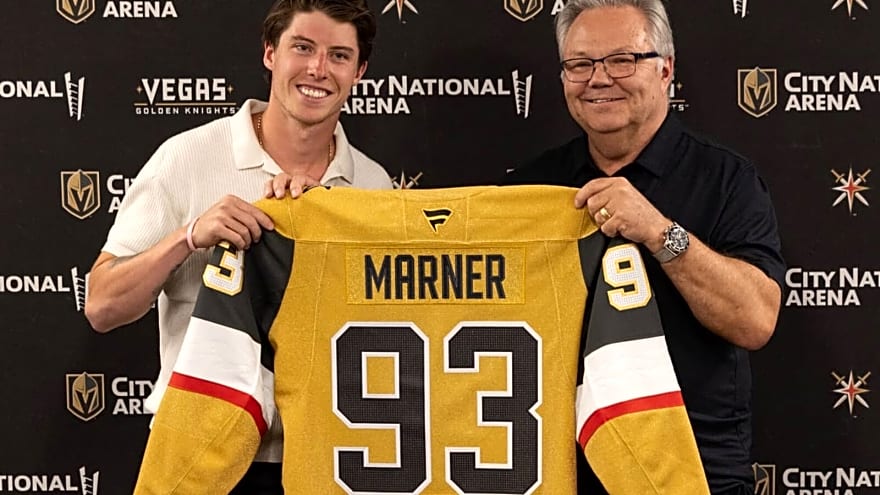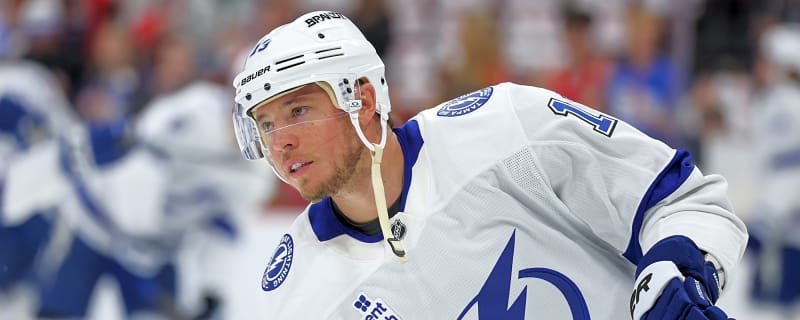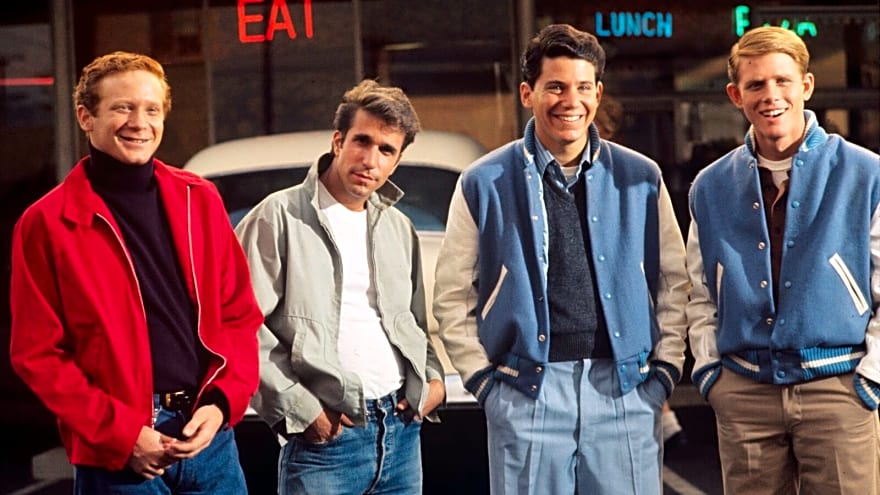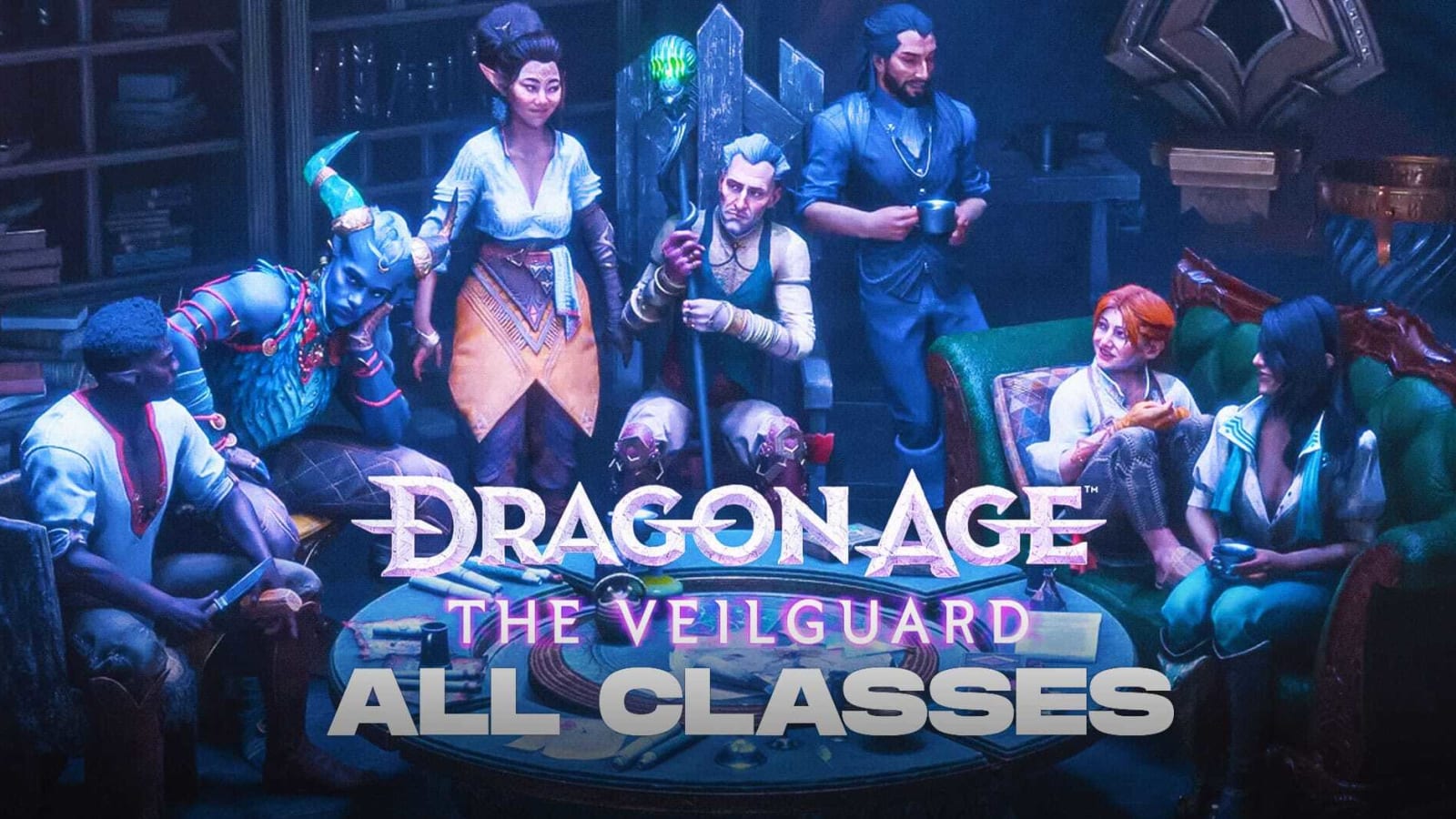
When it comes to games like Dragon Age: The Veilguard, one of the most important aspects players look at is the classes. RPGs are famously known for their character customization inclusive of selecting their classes. The reason why choosing a class in an RPG is essential is because it essentially defines who one’s character will be.
Having that said, here’s everything players need to know about all classes in Dragon Age: The Veilguard.
Dragon Age The Veilguard Classes
Dragon Age: The Veilguard will have a total of three classes with three specializations respectively when the game launches. Here’s a full list:
Warrior
- Reaper – A dark fighter who drains enemy life and risks death for unnatural powers.
- Slayer – An expert specializing in two-handed weaponry.
- Champion – A sword-and-board tactician focused on defense.
Mage
- Evoker – An elemental mage wielding the powers of fire, ice, and lightning.
- Death Caller – A necromancer casting advanced spirit magic.
- Spellblade – A mage who engages in close-quarters combat with magic-infused melee attacks.
Rogue
- Duelist – A dashing rogue who wields two blades for swift, precise strikes.
- Saboteur – An expert in traps, explosives, and tricks.
- Veil Hunter – A ranged fighter who uses lightning magic and a bow.
How Each Class Plays Out
When creating a Rook in Dragon Age: The Veilguard, the narrative of the game will depend on what class players select. Creative Director John Epler revealed that each class is tied to specific factions. For instance, if players select the Warrior class and choose to become Reapers, it’s more than likely that the Mourn Watch of Nevarra will teach Rook the ways of the Reaper or Death Caller.
While it remains unclear if a player’s chosen background will determine the initial specializations for Rook, it appears that the overall narrative in Dragon Age: The Veilguard will involve each of the six factions significantly. Rook’s chosen faction will provide three unique traits that impact gameplay both in and out of combat.
For instance, players who align with the Lords of Fortune will deal increased damage to mercenaries, perform takedowns more easily, and gain extra reputation when interacting with the faction. Although players can change their appearance using the Mirror of Transformation in the Lighthouse, their background, lineage, and class in The Veilguard are fixed.
Gameplay
The gameplay reveal of Dragon Age: The Veilguard shows several differences compared to the first three Dragon Age games. While it retains BioWare’s signature in-game decision-making, the developers have taken a new approach to combat.
The new game seems to focus more on hack-and-slash combat, which is an intriguing shift from Dragon Age’s traditional strategic gameplay. It’ll be interesting to see how the classes with a new set of specializations will play out. Although previous installments included hack-and-slash elements, their uniqueness lay in the pause-and-play combat style, allowing players to pre-determine battle outcomes by prioritizing targets not initially within range.
In the gameplay reveal, the pause-and-play mechanic is still present, but it now appears to be primarily for selecting abilities while pausing time. Previously, pausing time was crucial for directing allies to specific enemies. Now, it seems more focused on choosing abilities.
Not all features may have been revealed yet, but it is unusual not to showcase a key mechanic in a gameplay video. Regardless, Dragon Age: The Veilguard’s gameplay looks promising and should keep players engaged.
More must-reads:
- North Carolina reportedly considering nuclear option with Bill Belichick, and that's justified
- NASCAR making major rule change for 2026 season
- The 'Most NFL QB two-rushing-TD games' quiz
Breaking News
Trending News
Customize Your Newsletter
 +
+
Get the latest news and rumors, customized to your favorite sports and teams. Emailed daily. Always free!
TODAY'S BEST

Jacksonville Jaguars Announce Unfortunate Decision After Win Against Chiefs
The Jacksonville Jaguars ended their 16-year losing streak to the Kansas City Chiefs on Monday night after a thrilling 31-28 victory at EverBank Stadium. Trevor Lawrence turned in another strong performance to help lead the Jaguars to victory with 18-of-25 completed passes for 221 yards and one touchdown. It wasn’t all good news for the Jaguars, though, who improved to 4-1 after taking down Patrick Mahomes and the mighty Chiefs. They lost starting tight end Brenton Strange in the first half after the former Penn State Nittany Lions star suffered a hip injury. Strange was unable to return to the game, and tests have determined a significant quad issue for the 24-year-old. The Jaguars took to social media on Tuesday to announce that Strange has been placed on injured reserve (IR), which means he will be forced to miss at least four games due to his hip problem. “The Jacksonville Jaguars have made the following roster moves: Placed TE Brenton Strange on injured reserve Signed WR Tim Jones to the practice squad Released WR Erik Ezukanma from the practice squad,” JaguarsPR posted on X. In five games played this season, Strange has already registered a team-high 20 catches for 204 yards. He hasn’t scored a touchdown yet, but is currently on pace to set career-high receiving marks. This injury is a tough blow amid his strong start, and the hope is that Strange will be able to pick up where he left off once he’s healthy enough to return. The silver lining for the Jaguars here is that Strange has reportedly avoided a season-ending injury, and the team expects him to be back in around a month. For now, Jacksonville will need to turn to the likes of Johnny Mundt and Hunter Long to fill the void at tight end. The Jaguars also announced on Tuesday that they’ve brought in WR Tim Jones to the practice squad, while Erik Ezukanma has been released. It remains to be seen if Jones will be able to do enough to earn a spot on the active roster. Jacksonville’s next game is on Sunday as they take on the 3-2 Seattle Seahawks in a home game at EverBank Stadium for Week 6.

Eagles receive good and bad injury news ahead of matchup with Giants
The Philadelphia Eagles are coming off one of their worst losses of the season after the Denver Broncos scored 18 unanswered points in the fourth quarter last Sunday to win 21-17. The Eagles have a short week due to playing their divisional opponent, the New York Giants, on “Thursday Night Football.” They have the opportunity to fix the problems on offense, as the Giants are one of the worst defenses (26th, 377.2 yards) in the NFL. However, the Eagles could struggle on defense, as they may also be down one of their better defensive linemen, Jalen Carter. The Eagles received one positive and one negative piece of injury news for two key players Being a short week, the Eagles have a limited amount of time to practice and formulate a game plan, but also have a limited amount of time for their players to heal after a few came out of the Eagles' loss to the Broncos battered and bruised. Running back Saquon Barkley was one of those players who wasn't 100% healthy following the loss, as he found himself on Monday's injury report and did not practice with the team due to a knee injury. Barkley taking time to rest seems to have paid off, as he was a full participant in practice as of Wednesday’s injury report. Defensive linemen Jalen Carter was a new addition to the report, as he was limited in practice due to a heel injury. Carter is currently listed as "questionable" for Thursday night's game. Eagles need both Saquon Barkley and Jalen Carter to win against the Giants Even without Carter and Barkley, the Eagles have a better roster than the Giants, but having both makes the gap even wider. Saquon is one of the best running backs in the league and has extra motivation to play the Giants, as they're his former team. In one career game against them since signing with the Eagles, Barkley ran for 176 yards on 17 carries and scored one touchdown in their matchup last October, per StatMuse. Not having a game with over 100+ yards rushing this season, Saquon could have his first one of the season against his former team, as the Giants have the 26th-ranked defense (140.0 yards) against the rush. Hopefully, Carter is available, as he is the glue that holds the Eagles' defense together. Carter is credited with playing in every game, except he was disqualified from the Eagles' season opener against the Dallas Cowboys after he spat on Cowboys quarterback Dak Prescott. Carter has three solo tackles, seven assists and has not recorded a sack. If Carter can't play, the Eagles will need to rely on Jordan Davis to step up and fill in for Carter. Davis has 11 solo tackles, eight assists and a sack in five games this season. Davis will also need to pick up the slack for Carter on special teams, as the two have a blocked kick on their stat sheet against the Los Angeles Rams, which Davis ran back for a touchdown.

Yankees Nation Turns On Aaron Boone As Anthony Volpe Gamble Sparks Fear After Paul Goldschmidt Call
Steelers Worked Out Two Linebackers, Including Isaiah Simmons
The Pittsburgh Steelers tried out two linebackers, including Michael Barrett and Isaiah Simmons, per the NFL Transactions wire. Simmons, 27, was a two-year starter at Clemson and won the Butkus Award as college football’s best linebacker in 2019. The Cardinals used the No. 8 overall pick in the 2019 draft on him. Simmons signed a four-year, $20,664,055 rookie contract that includes a $12,588,404 signing bonus. Arizona wound up trading him to the Giants in exchange for a 2024 seventh-round pick. He was testing the market as an unrestricted free agent after the Cardinals declined his fifth-year option in May 2023, and he opted to remain in New York on a one-year deal. Simmons then signed with Green Bay this offseason but cut him loose at the end of August. In 2024, Simmons appeared in all 17 games for the Giants and made one start. He recorded 21 tackles and one forced fumble.

LeBron James & Steve Nash Send Strong Message to Adam Silver Over Long-Standing Kawhi Leonard Issue

Denzel Ward reveals what the Browns are trying to do after Joe Flacco trade
After quite a whirlwind week, the Cleveland Browns currently sit with a record of 1-4 as Week 6 of the NFL season kicks off on Thursday night. The Browns have been the subject of many conversations over the course of the past few weeks, with their most recent headline making waves mid-day on Tuesday with a surprising inner-division trade with their in-state rival Cincinnati Bengals. Cleveland decided to part ways with their veteran backup quarterback Joe Flacco, which paved the road for their rookies to make more of an immediate impact sooner rather than later. This move has raised questions in various aspects, with the most important being whether the Browns are ready to focus more on next season, which would ultimately put an end to any conversations of winning this season. That conversation seems to hold very little merit, as Browns star cornerback Denzel Ward commented on the trade of Flacco in response to how their season outlook stands. “That’s what this team is about”, “We’re trying to win and bring one to the city and the organization…we’re close”, Denzel Ward said in his press conference on Wednesday. Ward has been a part of the Browns organization for eight years now, which has featured a pair of winning seasons that’s given players a taste of what winning means to the city of Cleveland and their fans starved of victory. With Ward’s comments on where the team stands after their surprising trade, it might seem difficult to buy into his promising comments that the team still wants to win. Cleveland’s defense has been stellar this season most of the way, ranking second in the league in yards allowed per game, but surrendering 24.6 points per game, which is 21st in the league overall. Ward happened to be involved in the game-winning touchdown for Minnesota this past Sunday after giving up a go-ahead touchdown to Vikings receiver Jordan Addison with 25 seconds left in the game, in which he took full responsibility for. His focus this week has shifted back to playing his brand of football along with a stout secondary Cleveland brings, and to prevent any sort of lead change down the stretch, which the Browns led a majority of the game this past week. “That’s all we preach about in these meetings and why we're here is to find a way to win”, “that’s still the 100% goal," Ward said. The Browns have a lot of work to do this week as they prepare for their road trip to Pittsburgh this weekend, a game that will require a great defensive outing from Cleveland’s defense if they hope to find a way to win against a 3-1 Steelers team.

